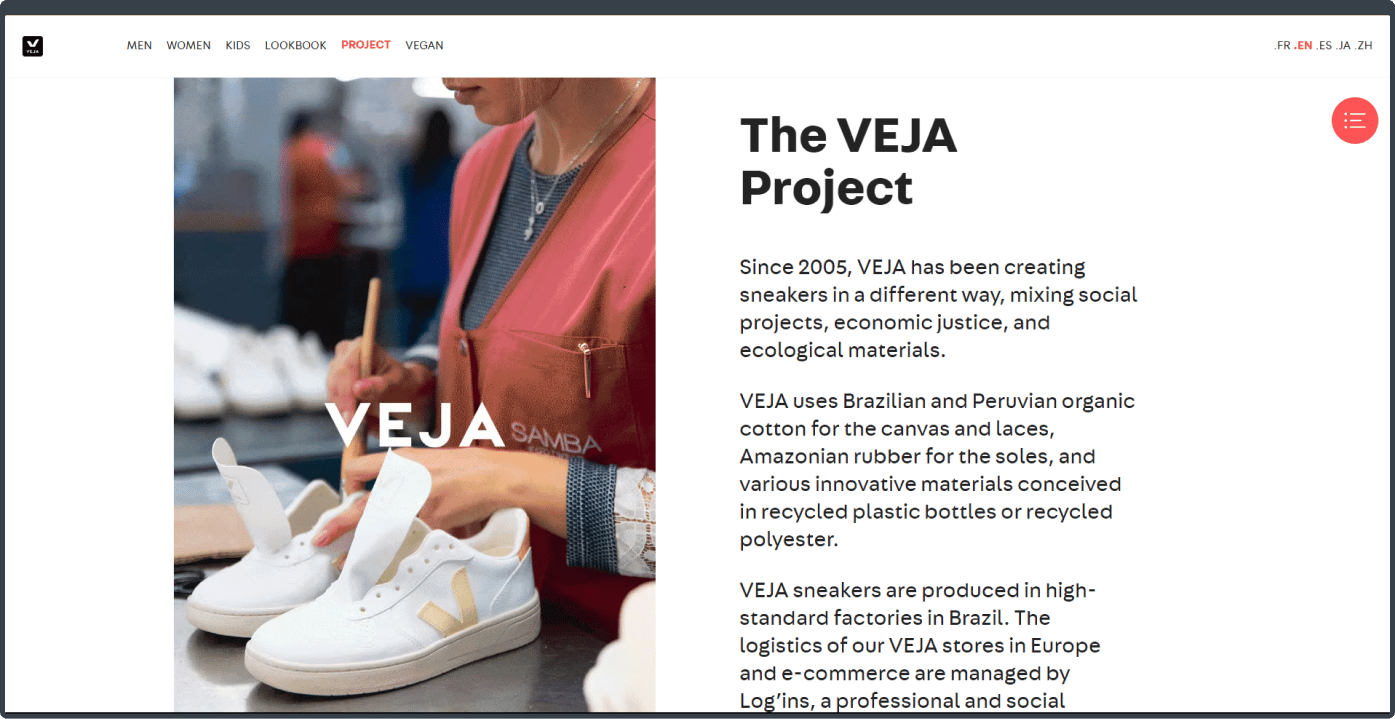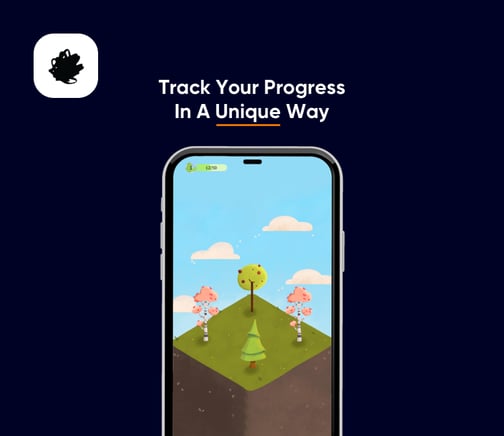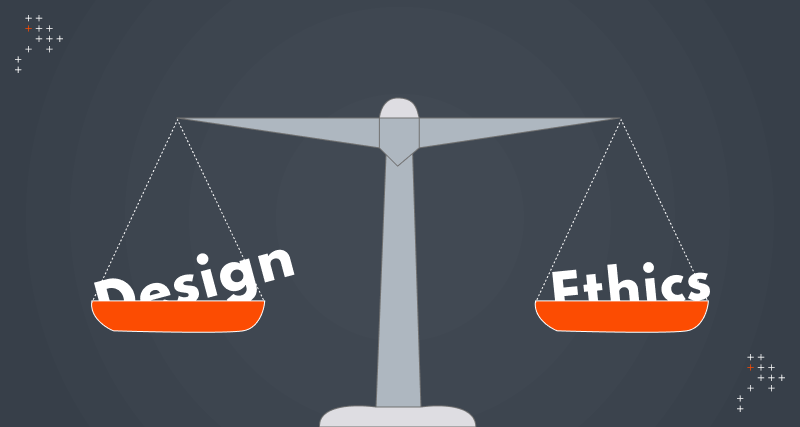Introduction
In 2023, DoorDash added a pop-up in its app, warning customers that orders with no tip can take longer to deliver.
This latest feature has become a source of disagreement among the company, drivers, and customers, leading to a division among the app's user base.
The new feature of DoorDash is an example of a Dark Pattern, which leads to a deceptive user experience.
Coined in 2010 by Dr. Harry Brignull, the founder of The Deceptive Patterns Initiative, Dark Patterns take undue advantage of the users’ habits. These patterns make them take an action, which they didn’t intend to do.
Understanding Design Ethics and Dark Patterns empower designers to create effective and trustworthy user experiences.

Design Ethics Vs. Dark Patterns
The correlation between Dark Patterns and Design Ethics is an interesting one, representing two sides of the same coin.
|
Design Ethics |
Dark Patterns |
|
Design Ethics emphasize informed consent, promotes autonomy, and builds trust by leveraging user psychology. These are principles which help create positive customer experiences. |
Dark Patterns exploit psychological biases and cognitive limitations to manipulate user behavior. These patterns emphasize short-term gains over sustained relationships. |
|
Examples Of Design Ethics User-Centric Design Providing Autonomy To Users
|
Examples Of Dark Patterns
Creating A Sense Of Urgency |
The Seven Principles Of Design Ethics
Design ethics are a system of moral principles that guides actions and decisions, helping designers navigate complex situations. Humane By Design aptly tries to cover some of the core principles that can help designers stay true to ethics. These are:
Resilient design focuses on the well-being of the most vulnerable and anticipates the potential for abuse.
Empowering design ensures products center on the value they provide to people over the revenue it can generate.
Finite design maximizes the overall quality of time spent by bounding the experience and prioritizing meaningful and relevant content.
Inclusive design is a methodology that enables and draws on the full range of human diversity.
Intentional design is about understanding the needs of the users, focusing on the problem and the corresponding solution.
Respectful design prioritizes people’s time, attention and overall digital well-being.
Transparent design is clear about intentions, honest in actions, and free of dark patterns.
How Can Designers Stay Ethical
Design is a powerful tool and designers need to use it responsibly, and apply design ethics in their work. Here are some of the ways to implement ethics as a designer.
Design With A Conscience
- Prioritize Social Responsibility: Designers are a part of a larger community and their work impacts others. They should choose to design for positive change.
- Leave A Positive Legacy: Designers sometimes create solutions that stay the same for years to come. They need to design with intention, considering how their work will have an impact for a long time.
Veja is a sneaker brand, which employs organic cotton, recycled plastic bottles, wild rubber, and various other environmentally friendly materials in its products.This enables Veja to diminish its environmental impact and craft a product that prioritizes sustainability.

Design For Impact, Not Just Aesthetics
- Focus On Ethical Outcomes: Clever design doesn't excuse harmful consequences. Designers need to focus on ethics and driving meaningful impact.
- Evaluate The Bigger Picture: Design exists within a complex system and designers need to consider the social, economic, and ecological impact of their work.
Patagonia's environmental activism and Worn Wear program go beyond visually appealing clothes to promote sustainability and reduce garment waste.

Embrace Responsibility, Not Just Creativity
- Accountability: Designers need to own their work and the consequences.
- Guide Clients Towards Ethical Choices: Designers need to offer expertise beyond just execution. They need to inform clients of potential negative impacts and suggest alternatives.
- Say No: Refusing unethical projects is also a crucial design skill. Designers should question the purpose and impact of their work.
Atom is a meditation app, which gamifies user experience. The app encourages planting virtual trees for milestones accomplished. This demonstrates that creativity can be harnessed to steer users towards a greater good.

Welcome Constructive Criticism
- Receptive To Feedback: Designers should learn and improve from feedback, regardless of its source. They should seek criticism early and often as this helps identify flaws before the work reaches the public.
- Embrace Diverse Perspectives: Designers should value feedback from all backgrounds to create inclusive solutions.
GitLab uses public issue trackers and encourages discussion, transparently welcoming bug reports and feature requests from its community.
Design With Empathy, Not Exclusion
- Understand Audience Personas: Designers should understand the pain points of their user personas to design effective solutions.
- Build Diverse Teams: Designers should create a team that reflects their audience, leading to varied perspectives and better problem-solving.
- Understand That Every User Matters: Designers should prioritize their design to solve problems for everyone, not just a select group.
Google Translate’s inclusive interface and emphasis on accurate translation for lesser-known languages demonstrate a commitment to breaking down language barriers and fostering connection.

Prioritize Ethical Introspection
No designer becomes unethical overnight. It's a gradual shift, a series of seemingly harmless decisions that can lead to unintended consequences.
Before designing the filtering interface, one must ask questions like:
- Am I staying true to my values?
- Are small compromises eroding my ethical boundaries?
- Am I prioritizing financial gain over ethical considerations?
Regularly reflect on your work and decisions. Are you aligning with your values? Are you contributing to the world you want to see? This critical self-reflection is vital for maintaining ethical integrity in a design practice.

Conclusion
By incorporating ethical design principles, designers can contribute to a sustainable and harmonious relationship between technology, the environment, humanity, and their own well-being.
At Axelerant, we follow a set of ethical design principles, which reflects in our collaboration with our clients. Connect us to learn more about how we put design ethics into practice.

Dheeraj Khindri, Director of Experience Design
A pragmatic soul and cinema enthusiast who enjoys larger-than-life films—that’s Dheeraj. In his free time, he explores all things poetry, solo guitar sessions, and binge-worthy web series. His life’s essential values? Empathy, autonomy, and pragmatism.

Sucheta Biswas, Marketing Coordinator
Nicknamed “Monica” for her culinary prowess and tidiness, Sucheta is an intriguing omnivert. Books are her cherished companions, complemented by nature walks and wildlife photography. She’s also a practicing Yogi who loves all things art.

 We respect your privacy. Your information is safe.
We respect your privacy. Your information is safe.-2.png)



Leave us a comment